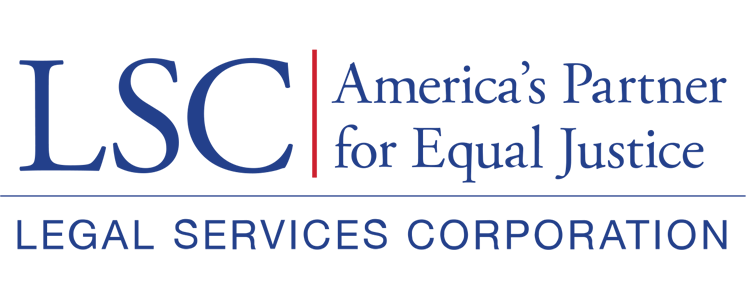Needed capacities or functions - Knowledge Management
Store and retrieve sample pleadings, briefs, motions, and other documents based on content.
Program staff use an effective method for finding documents by search or logical browsing and can purge documents. Findability may be based on a document management system or content-searchable email lists, wikis, or shared folders.
Electronic access to internal forms and procedures.
Program-wide accessible and searchable system for managing contacts.
Electronic access to practice guides.
Important Considerations and Best PracticesOrganizations should consider that effective knowledge management may require adequate staff time to identify appropriate content for inclusion in the system and to tag it appropriately for easy accessibility. Staff who produce the materials that become part of the knowledge management system may need to identify and submit documents, such as briefs and pleadings. To that end, there should be appropriate training and visible support for the system from the program's senior management. Dedicated staff capacity to develop and maintain the information architecture may be required to ensure the continued effectiveness of a knowledge bank over time. A well-designed intranet can serve as a solid foundation for all knowledge management needs in the organization. Care should be taken to properly design the information architecture of the intranet and identify responsibility for its upkeep. For long-term maintenance, organizations should consider how technology can be used to institutionalize the knowledge of key employees (e.g., what they know, what they do, specialized skills, etc.). For example, organizations may consider using a contact management system to store information on contacts, such as pro bono and PAI attorneys, courts, judges, and adverse counsel. Useful websites, resources, and other tools |
